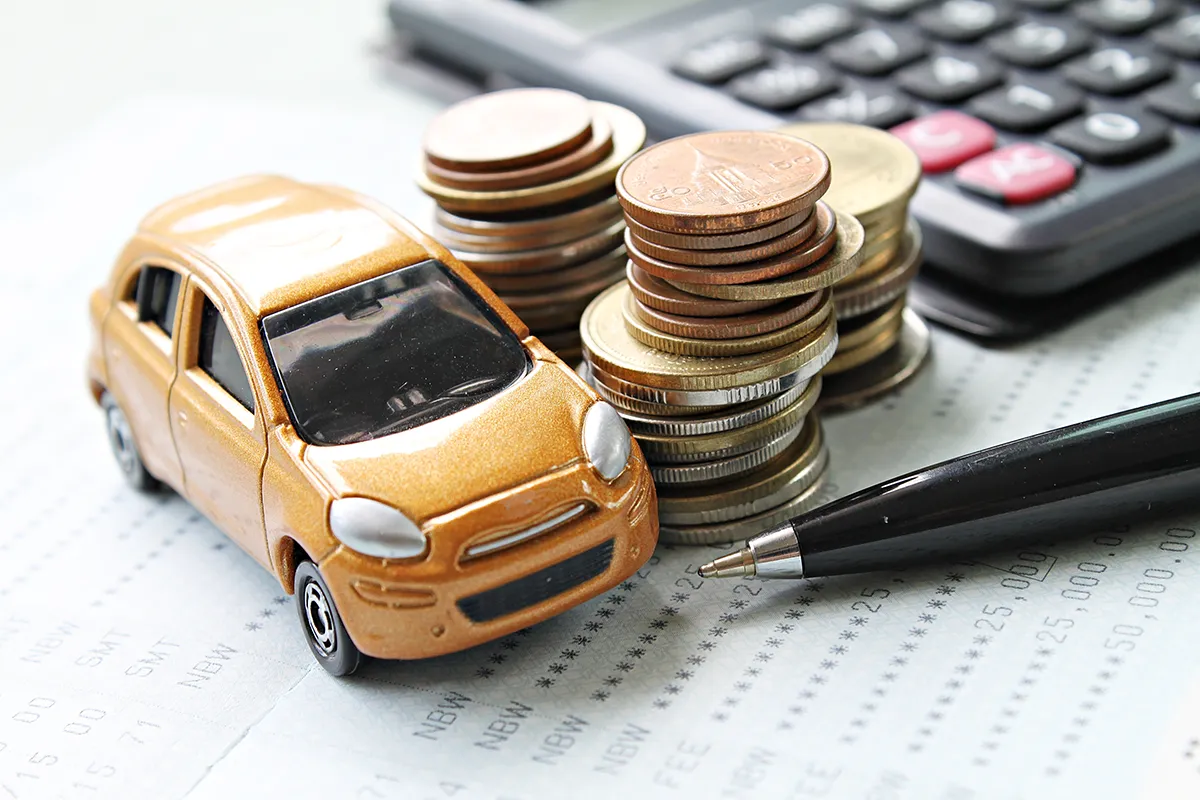Auto Debt Relief Services
Auto Loans Debt Relief
Auto debt relief may include a debt consolidation or debt management program. Debt consolidation may reduce your payments on your auto debt. Instead of paying the auto debt separately, it would be included with the rest of your loan payments. A debt management plan may help you organize your debts and plan out the payback, including that of your auto debt.
Reduce Your Debt
Shrink your debt and grow your savings with United Debt Settlement. We’re your partners in chipping away at those towering credit card balances.
Avoid Bankruptcy
Steer clear of bankruptcy’s shadow with proactive debt management. Our experts craft escape routes that protect your credit and your peace of mind.
Financial Freedom
Step into a life free from debt. Our tailored strategies are your blueprint to a future where your finances are yours to enjoy, not owe.
How Does It Work?
Experienced Professionals
Experienced Professionals
Customized Solutions
Customized Solutions
High Success Rate
High Success Rate
Confidential Consultation
Confidential Consultation
Most auto loans charge a simple (as opposed to compound) interest rate based on the outstanding balance that is repaid on a monthly basis and offer the option to be repaid in excess of the standard monthly payment. The advantages here are twofold – as simple interest expense is always less than compound interest expense, and having the option of paying beyond the standard monthly amount represents an opportunity to reduce interest expense over the life of the loan.
Meantime, a pre-computed car loan is one in which total interest expense for the life of the loan is added to the principal borrowed and divided by the number of months of the loan to arrive at a regular monthly payment amount. Pre-computed car loans do not offer the borrower the advantage of paying back in excess of this monthly payment amount and are therefore almost always more expensive than simple auto loans.

Simple Interest Loans
A simple interest car loan is a loan in which you pay only the interest charged on the loan each month. The principal, or the amount you borrowed, is not affected by monthly payments. This type of loan is ideal for people who want to keep their payments low and want to have the entire principal paid off within a certain number of years.
One downside to a simple interest car loan is that you may end up paying more in interest over the life of the loan than you would with a traditional car loan. This is because traditional car loans usually have a lower interest rate. However, if you plan to sell your car before the end of the loan term, a simple interest car loan may be a good option because you will not have to pay any prepayment penalties.
Precomputed interest loans
Precomputed interest car loans are a form of financing that is available at some car dealerships. With a precomputed interest car loan, the lender calculates the interest that will be owed on the loan and adds it to the principal amount of the loan. This means that the borrower knows exactly how much they will owe on the loan when they take it out.
Precomputed interest car loans can be a good option for borrowers who know they will be able to pay off the loan quickly. Because the interest has already been calculated, there are no surprises when it comes time to pay off the loan. Borrowers should be sure to read the terms of the loan agreement carefully, as there may be penalties for paying off the loan early.
Secured Auto Loans
A secured car loan is a type of loan where the car is used as collateral. The title to the car is held as security by the lender in case the borrower defaults on the loan. This type of loan is usually for people who have bad credit or no credit at all. The interest rates on these loans are usually higher than on unsecured loans, but they are still much lower than the interest rates on payday loans or title loans.
The main advantage of a secured car loan is that it is much easier to get approved for than an unsecured loan. This is especially true for people with bad credit. The disadvantage of a secured car loan is that if you fall behind on your payments, the lender can take possession of your car and sell it to recover the money you owe.
Unsecured Auto Loans
An unsecured car loan is a loan that is not backed by any collateral. This means that if the borrower defaults on the loan, the lender cannot repossess the car to recoup their losses. Unsecured car loans are typically more expensive than secured car loans, as the lender is taking on more risk. However, unsecured car loans can be a good option for borrowers who do not have any assets to put up as collateral.
Unsecured car loans are available from a variety of lenders, including banks, credit unions, and online lenders. Borrowers should compare interest rates and terms from different lenders to find the best deal. It is important to read the fine print before signing any paperwork, as there may be hidden fees or penalties associated with unsecured car loans.
There are pros and cons to both secured and unsecured car loans. Secured loans are generally easier to get approved for, as the lender has something they can seize if the borrower fails to make payments. This is especially beneficial for those with a poor credit history. Unsecured loans, on the other hand, come with less stringent qualification criteria, but tend to have higher interest rates. In addition, unsecured loans are not as protected against default as secured loans.
Where to Go for an Auto Loan
Credit Requirements for Auto Loans
Though many lenders don’t have specific down payment requirements, depending upon your credit score, it can help significantly to make a down payment exceeding 10% of the automobile purchase price. Given that the value of a new car typically depreciates by over 10% as soon as an owner drives it home for the first time, making such a down payment reduces the lender’s risk and the probability that a borrower will owe more than the car is worth shortly following purchase.
If you are unable to make a significant down payment, you may want to consider an auto lease. Leasing does offer the appeal of a lower down payment and lower monthly payments, but comes with the major drawback that monthly payments won’t actually result in eventually owning the car, as is the case in monthly loan payments. Interest rates for auto loans are calculated inversely with credit scores, so those with excellent credit scores in the 700s can anticipate securing an interest rate at or below 4%. In fact, those with pristine credit scores above 750 should pursue zero-percent and low interest rate loans directly from dealerships.
A Few More Things to Know
However, if your score hovers in the mid-600s and below, you probably should avoid dealerships and work with a bank or credit union to secure a mid-single digit interest rate or even higher – possibly exceeding ten percent depending on the severity of the credit score weakness.
Auto loans are a form of secured debt, meaning that the vehicle will serve as collateral and can be repossessed in the event of non-repayment. Additionally, if you’re finding it difficult to secure a reasonable interest rate, try pursuing a short-term loan of 48 months or less, and be sure to avail yourself of all dealer incentives and rebates that can help reduce the overall cost of purchase. Finally, even if the interest rate on your car loan is high, look for opportunities to re-finance your auto debt following two years of making consistent monthly payments and any improvement in your credit score.
Top Videos Related to Credit Card
Auto Loans Debt Help
See how you can keep your automobile and reduce your payments by using debt consolidation.
Too Much Credit Card Debt
Issues start to surface when a borrower becomes overly casual with their credit lines, using credit cards for luxury purchases and other expenses that push them to live beyond their financial means.
Credit Card Interest Rates
Credit card interest rates are classified into three types: variable, fixed, and promotional. Proceed with the following actions to reduce your credit card interest rates effectively.
Education Center


